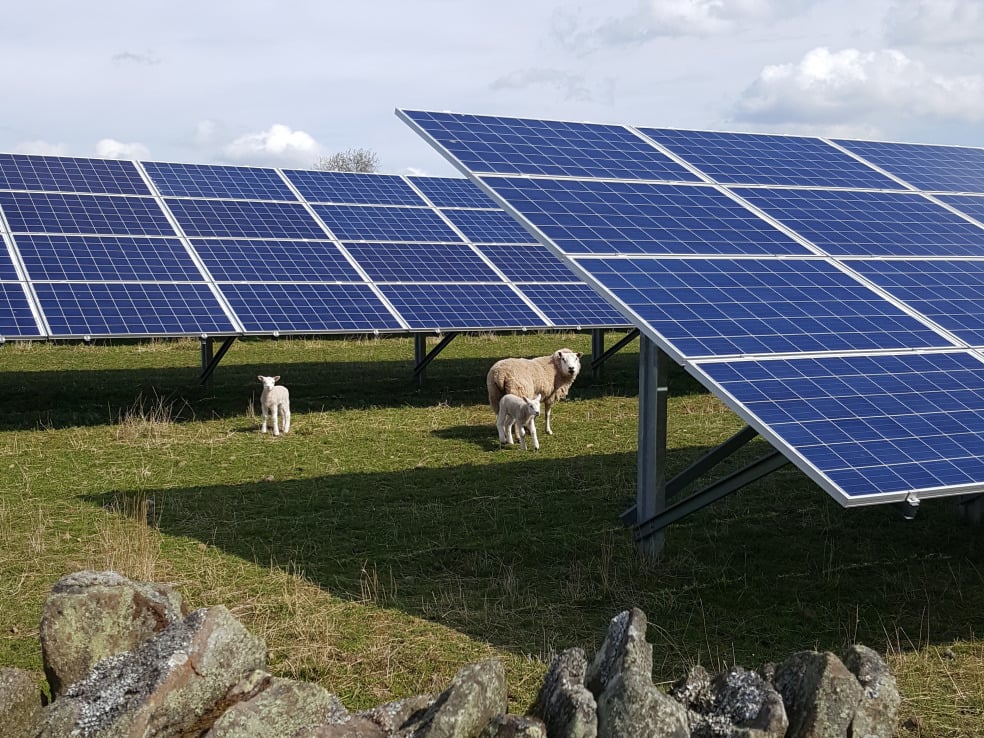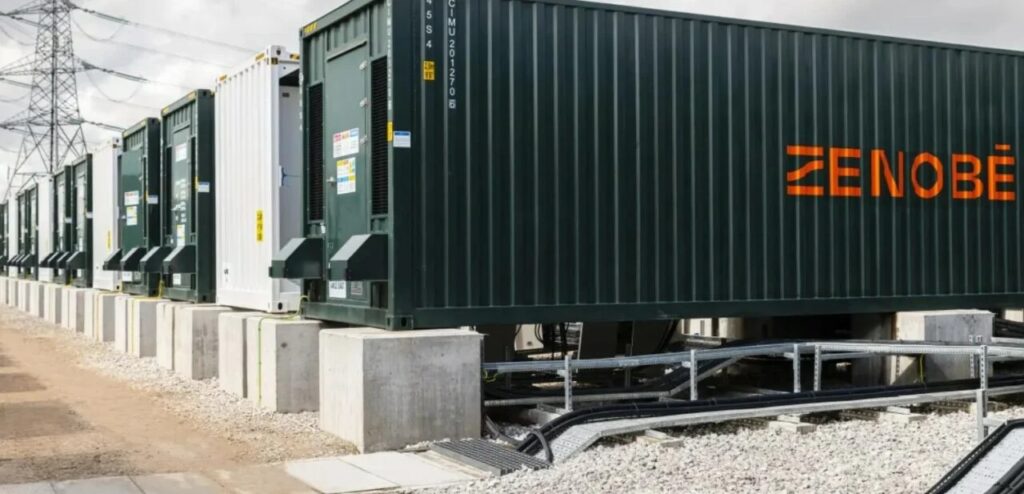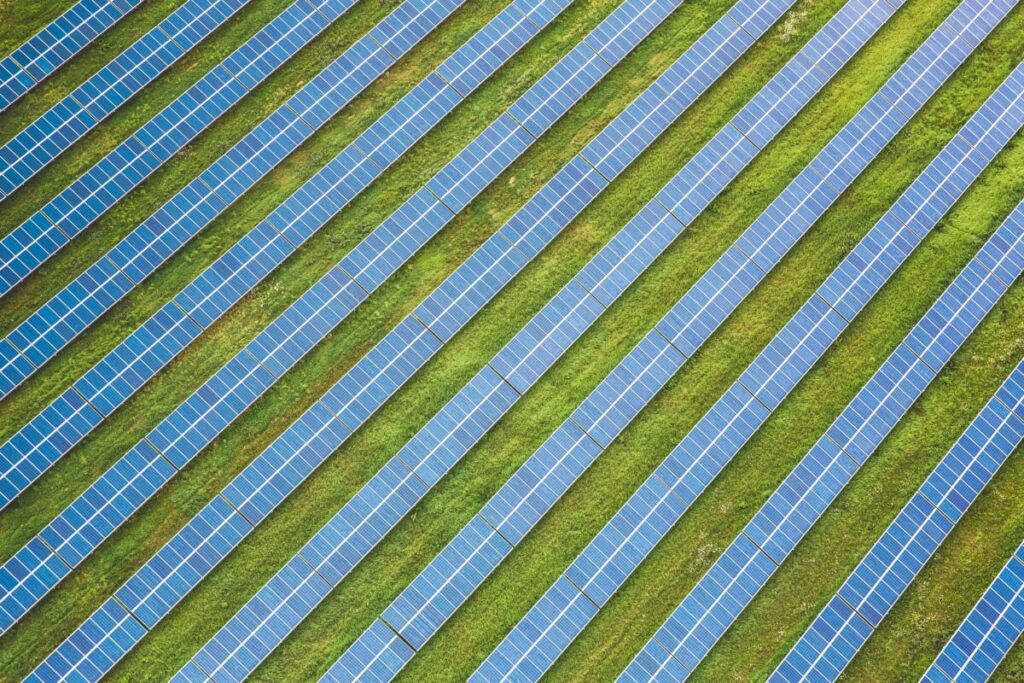Solar Energy UK shows how to be a good solar neighbour
 Community buy-in on solar developments is key to allaying fears about solar development. Image: Tridos Bank UK.
Community buy-in on solar developments is key to allaying fears about solar development. Image: Tridos Bank UK.
A new report from solar industry trade body Solar Energy UK is laying out guidance to help solar farm developers have positive relationships with local communities.
The 52-page “Community Engagement Good Practice Guidance” report, released yesterday (17 July), contains a wealth of case studies demonstrating best practices for developers when engaging with those living near proposed solar farms. The report covers the entire life cycle of a development, from design to decommissioning.
This guidance is specifically targeted towards developers of solar farms of five megawatts or more, noting not just the varying statutory requirements of England and the devolved nations but also good practices above legal minimum standards.
Advice on how to implement various community engagement tools, including customer relationship management systems, project websites, phone lines, dedicated staff, briefings to local governments, newsletters, and community forums, is detailed in the guide.
The value of organising visits to existing solar farms to show potentially hesitant locals what a solar farm looks like in real life is also highlighted, as well as the importance of using local labour, suppliers and contractors wherever possible, which Solar Energy UK calls “a simple but effective way to demonstrate commitment to community relationships and contribute to the local economy.”
The buy-in of local communities is a vital component of the continued success of the UK solar industry. Solar Energy UK describes good community engagement as “mutually advantageous for developers and communities alike”, as positive local relationships help to lower costs and avoid delays by addressing issues early, reducing the risk of misunderstandings about the nature of solar farms, and builds acceptance by demonstrating respect to local people.
“The solar industry wants more than to deliver high-quality solar farms alone. We want to be good neighbours: taking local people along the journey to net zero with us, allaying misconceptions and taking their feedback into ac,” said Chris Hewett, Chief utive of Solar Energy UK.
Community trust in the solar age
The solar industry needs to grow rapidly in order to hit the new government’s goal of 50GW of capacity by 2030. With more people likely to be living close to a solar farm in the coming years, public acceptance of solar farm developments is increasingly vital.
However, resistance to ground-based solar farms has become increasingly heard in recent months, with former secretary of state for energy security Clair Coutinho making a statement to Parliament in May in which she urged ministers to deny approvals for solar farms on good quality farmland. Shortly afterwards, this sentiment was echoed by Philip Dunne, chair of the Environmental Audit Committee; the combined statements acting as a likely catalyst for protests against Anglo Renewables’ proposed solar farm in Hampshire.
However, the new Labour government appears not to share the hesitancy of its predecessors, announcing that it had granted development consent orders (DCOs) for three solar projects designated as Nationally Significant Infrastructure Projects (NSIPs), with a combined capacity of 1.3GW.
One project granted approval was the Mallard Pass solar farm, a joint development from Windel Energy and Canadian Solar subsidiary Recurrent Energy with an expected 350MW capacity. The project had previously had its decision date delayed twice, first by then-minister Coutinho and then by the government’s snap general election announcement.
This content was collected from the Internet. If you want to it, please contact grace solar management.


